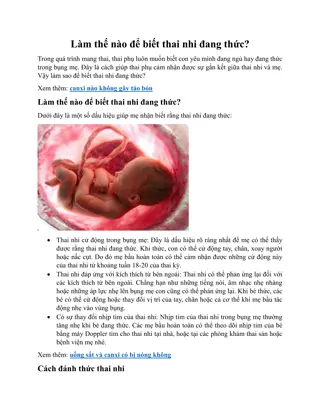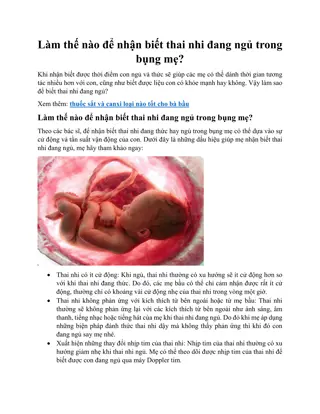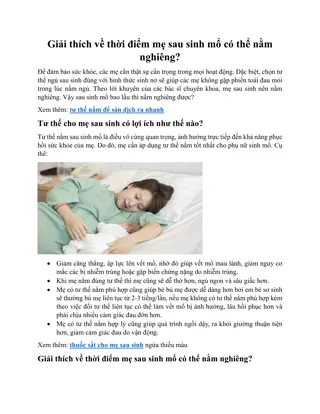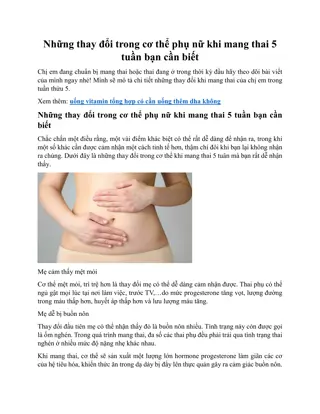Understanding the Vademecum: A Comprehensive Overview
The Vademecum serves as a vital guide for canonists, addressing sexual abuse within the clergy. It elucidates the process while focusing solely on sexual abuse issues. Learn about its origins, global impacts, Vatican norms, and what the Vademecum is NOT, clarifying misunderstandings around its role.
Download Presentation

Please find below an Image/Link to download the presentation.
The content on the website is provided AS IS for your information and personal use only. It may not be sold, licensed, or shared on other websites without obtaining consent from the author. Download presentation by click this link. If you encounter any issues during the download, it is possible that the publisher has removed the file from their server.
E N D
Presentation Transcript
Training on the Vademecum
Welcome, Introductions and Zoom
What questions do you have that you would like us to answer?
What is the Vademecum?
From Latin- come with me It is a guide or handbook It is written for canonists to provide clarifications on certain steps of the process. It is written for clerics and deals only with sexual abuse it does not cover the other categories of abuse
Was one of the outcomes of the global meeting of the presidents of the Episcopal Conferences on the Protection of Minors (February 2019) Context
The Production and publication of Vatican Norms: Vatican Law No. CCXCVII On the protection of minors and vulnerable persons; The Motu Proprio On the protection of minors and vulnerable persons; The Guidelines of the Vicariate of Vatican City on the protection of minors and vulnerable person The Motu Proprio Vos estis lux mundi The creation of task forces to help dioceses around the world that may need help in implementing the appropriate measures to protect minors Context The Rescript "On the confidentiality of legal proceedings lifting the pontifical secret in the cases relating to: violence or abuse of authority in forcing sexual acts, sexual abuse of minors or vulnerable persons, crimes of paedophilia involving children under 18 years of age or with incapacitated subjects and the concealment of those conducts from ecclesiastical or civil inquiries.
What it is not It is not canon law It does not replace existing National Board guidance It does not replace civil law and procedures The Vademecum is an international document and written for countries that are at various stages in the child safeguarding journey.
What the Vademecum Includes
What it covers? In 9 chapters it responds to the most frequently asked questions around the process of managing allegations of abuse against clerics
1. What are the delicts covered? The delict in question includes every external offence against the sixth commandment of the Decalogue committed by a cleric with a minor (cf can. 1395 $ 2; art. 6 $ 1, 1* SST). The delict can include : a) sexual relations (consensual and non- consensual) b) physical contact for sexual gratification c) exhibitionism d) masturbation e) the production of pornography (cf n. 7 below) f) inducement to prostitution g) conversations and/or propositions of a sexual nature carried out through various means of communication.
Competent Dicasteries From 1stof January 2020 the CDF is the competent dicastery. They will liaise with other dicasteries as necessary
2. What is a notitia de delicto? Sometimes called a notitia criminis- it is information about a possible delict that comes to the attention of a Church authority. It may not be a formal complaint It can come, anonymously (See Guidance 2.1D) should not automatically be considered false It can be a vague third party statement and must not be considered automatically false It can come during the seal of confession (See Guidance 2.1G) our advice is in line with Vademecum.
2. What is a notitia de delicto? Failure by a Church authority to act on information of this nature could result in a breach of civil law (mandated persons; withholding information; reckless endangerment; 1967 Act (NI) Failure by a Church authority to act on information of this nature could result in a delict under Vos estis lux mundi of actions or omissions.
3. What actions should be taking on receiving a notitia de delicto Report to the Statutory Authorities Report to the CDF Report without identifying information to the National Board Once the statutory authorities have confirmed the respondent can be informed. Initial decision of risk should be made in consultation with the statutory authorities. Only Church authorities can remove or restrict ministry
4. What action should be taken when the statutory authorities have decided not to proceed? If there is a semblance of truth a preliminary investigation must take place. If a decision is made not to proceed the CDF must be informed Failure to proceed with a preliminary investigation when there is a semblance of truth could be considered a delict under VELM and the Motu Proprio - Come una Madre amorevole (as a loving mother).
5. What form should the preliminary investigation take? A person can be selected other than the Church authority in line with Canon 1428 1-2 Can be lay or cleric. A person conspicuous for their good conduct, prudence and learning Their role is primarily to collect the proofs but can provide their opinion if requested by the Church authority. A decree must begin the process and name the main auditor, their instructions and the notary
Care taken to avoid delay The person appointed should gather all the facts and present a personal opinion to the Ordinary PI is closed by Decree The Ordinary must send all information and his Votum to CDF/Supreme Moderator Ordinary must share the results of the investigation with relevant others in the Church. 5. What form should the preliminary investigation take?
The threshold for this is a case to answer it is not a trial but a process of gathering evidence. It attempts to reconstruct The facts on which the accusation is based The number of the criminal acts committed The year, month, day, time the acts were perpetrated The circumstances in which they took place The general details about the alleged victims A preliminary evaluation of the physical, psychological and moral harm inflicted. 5. What form should the preliminary investigation take? The results obtained from a civil investigation can make a PI unnecessary. The admission of guilt on the part of the respondent can also make a PI unnecessary.
Statute of limitations Presumption of Innocence Issues to Issues to Consider Consider What to communicate publicly Precautionary measures to restrict ministry
Non penal disciplinary measures 6. What 6. What action can action can the CDF the CDF take? take? Penal remedies or penances Warnings or rebukes Initiate a penal process Initiate a pastoral response
Penal Processes Penal Processes A judicial penal process An extrajudicial penal process The procedure of dismissal introduced by article 21 2, 2 SST.
Decisions of Decisions of judicial and judicial and extrajudicial extrajudicial penal process penal process conviction ( constat ), if with moral certainty the guilt of the accused is established with regard to the delict ascribed to him. In this case, the decision must indicate specifically the type of canonical sanction imposed or declared. acquittal ( constat de non ), if with moral certainty the innocence of the accused is established, inasmuch as no offence was committed, the accused did not commit the offence, the offence is not deemed a delict by the law or was committed by a person who is not imputable. dismissal ( non constat ), whenever it has not been possible to attain moral certainty with regard to the guilt of the accused, due to lack of evidence or to insufficient or conflicting evidence that the offence was in fact committed, that the accused committed the offence, or that the delict was committed by a person who is not imputable.
Appeals Appeals No appeal to 21 2, 2 SST, if an act of the Pope Penal process decision appeal to CDF appeal to tribunal of second instance Extrajudicial process decision to CDF
Q and A Q and A























